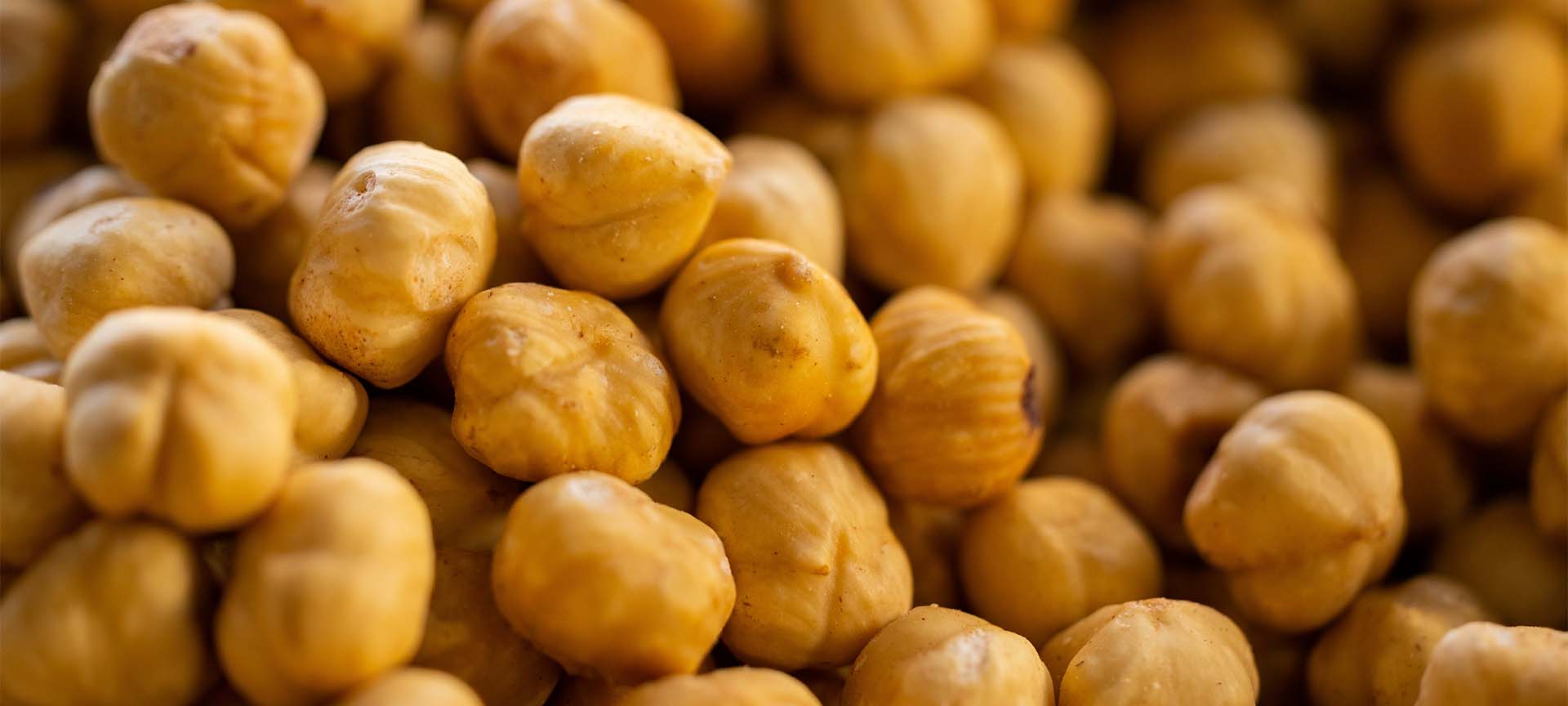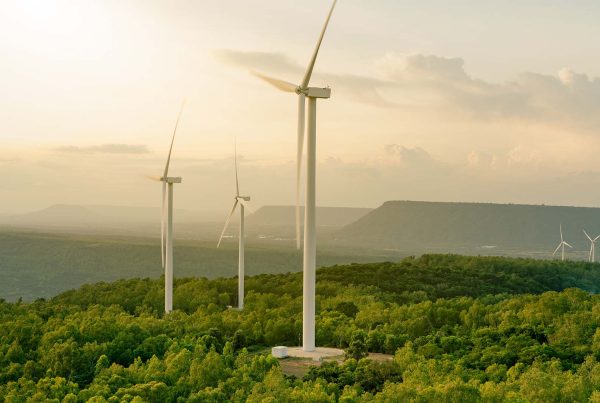Most of us are aware of the energy transition – the rapid transformation of how we produce heat and power required to meet Paris climate targets. But much less talked about is the protein transition – the shift in how we produce and consume protein – an equally important component of climate mitigation pathways. Unless we transform our food system – specifically by rapidly reducing the production of livestock – we have no hope of reducing greenhouse gas emissions to less dangerous levels.
I often describe the protein transition as the energy transition’s ‘neglected little sister’. How is it that for decades the food sector has been largely overlooked in climate discussions and efforts, despite emissions representing up to 20% of the total? Given that experts say we should be reaching ‘peak meat’ in northern economies as soon as 2025, we’re years behind where we need to be.
But that’s changing. A growing movement is increasingly focused on the protein transition. The intersecting harms that our food system causes from climate to diet-related disease to animal suffering means a broad cross-section of groups have an interest in shifting diets from those high in animal protein to plant-rich. At Madre Brava, our aim is to bring together networks of civil society groups including health, climate and animal welfare on joint strategies to expedite this shift.
Given that the protein transition is an emergent space, leadership in this area requires curiosity in spades and a solutions-oriented mindset. Since taking up the post as interim-Executive Director at Madre Brava, I’ve met with groups whose starting points for a protein transition are varied and with equally diverse theories of change. From vegan activists ‘doing it for the animals’ to climate groups tackling the power of Big Meat, to Asian farmers groups supporting the livelihood of small-scale farmers – all have legitimate and mostly complementary approaches. Given its complexity, there’s no silver bullet to transforming the food system, so understanding the perspectives of different groups can typically help us build synergies and alignments that make our movement stronger.
Similarly, we’re still finding our way around knotty questions in the protein transition. What role should alternative proteins play? Can we trust Big Food to lead the transition? What’s the role of regenerative agriculture versus intensification in the solution set? Again our starting points may lead us to differing answers on these. But it’s increasingly evident that minimising the damage of climate and nature breakdowns requires trade-offs – so being able to hear the perspectives of allies and work openly towards finding solutions around areas of misalignment is a critical skill for leaders in the space.
Whilst we may be a bit behind the shift from fossil fuels to renewables, the protein transition is beginning to gather momentum. In Europe, major retail groups like Lidl and Ahold Delhaize have committed to increasing the share of plant versus animal protein sold and are developing credible pathways to get there. In the Netherlands, similar approaches across the retail sector, including introducing price parity for alternative proteins and ending price promotions on meat, have led to a 16% decrease in meat sales since 2020. In Denmark, the government recently legislated for the world’s first tax on livestock emissions, a move which could reduce greenhouse gas emissions from the sector. Whilst here in the UK, there’s optimism that the new Labour government could revisit Henry Dimbleby’s excellent but largely ignored National Food Strategy, which included measures that could encourage a shift to more plant-rich diets.
These are all positive and welcome developments but for the protein transition to accelerate at the rate required leaders across civil society, philanthropy and the private sector need to give it renewed focus and collaboration, finding space for synergies to emerge and collective solutions to be found.




